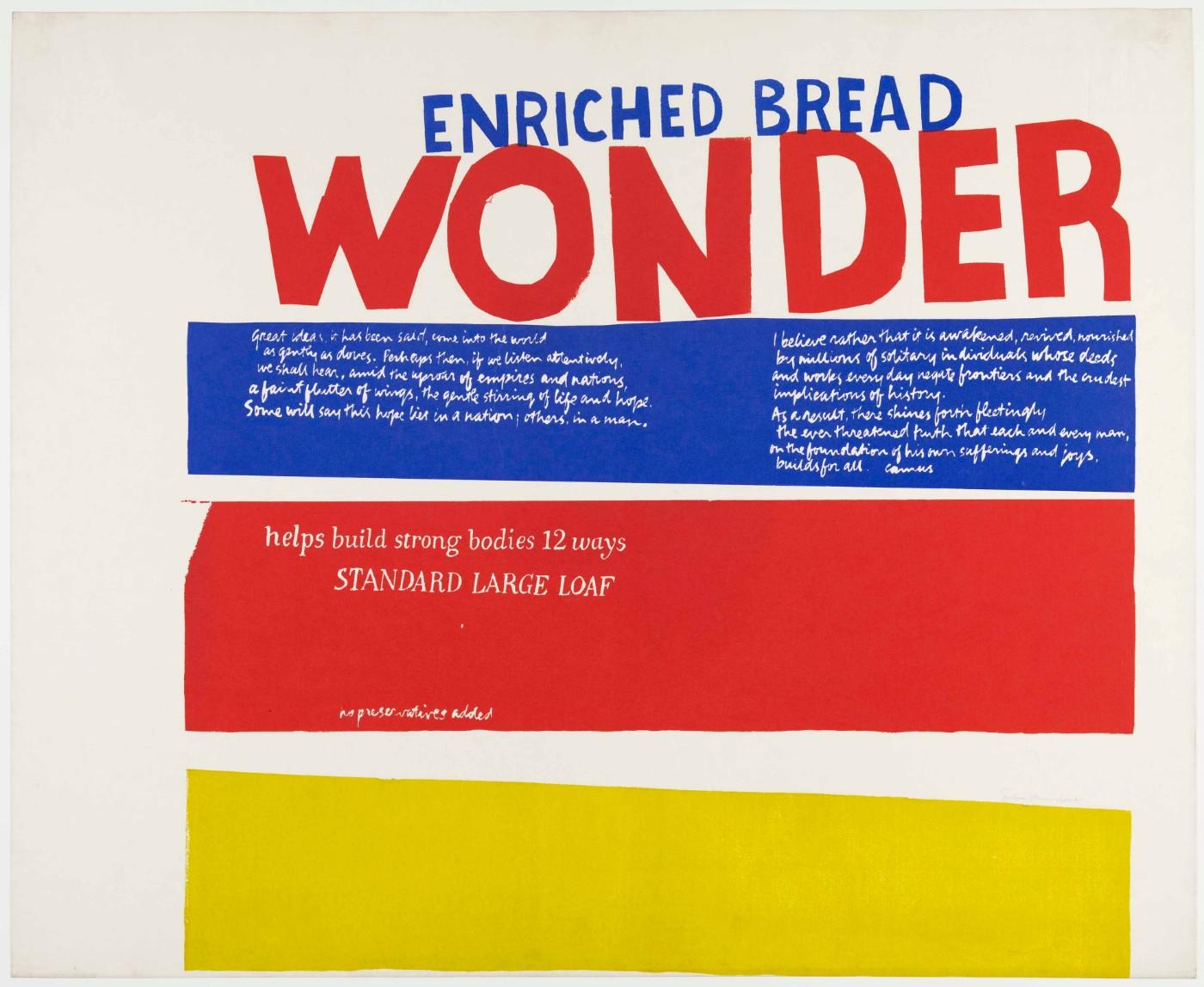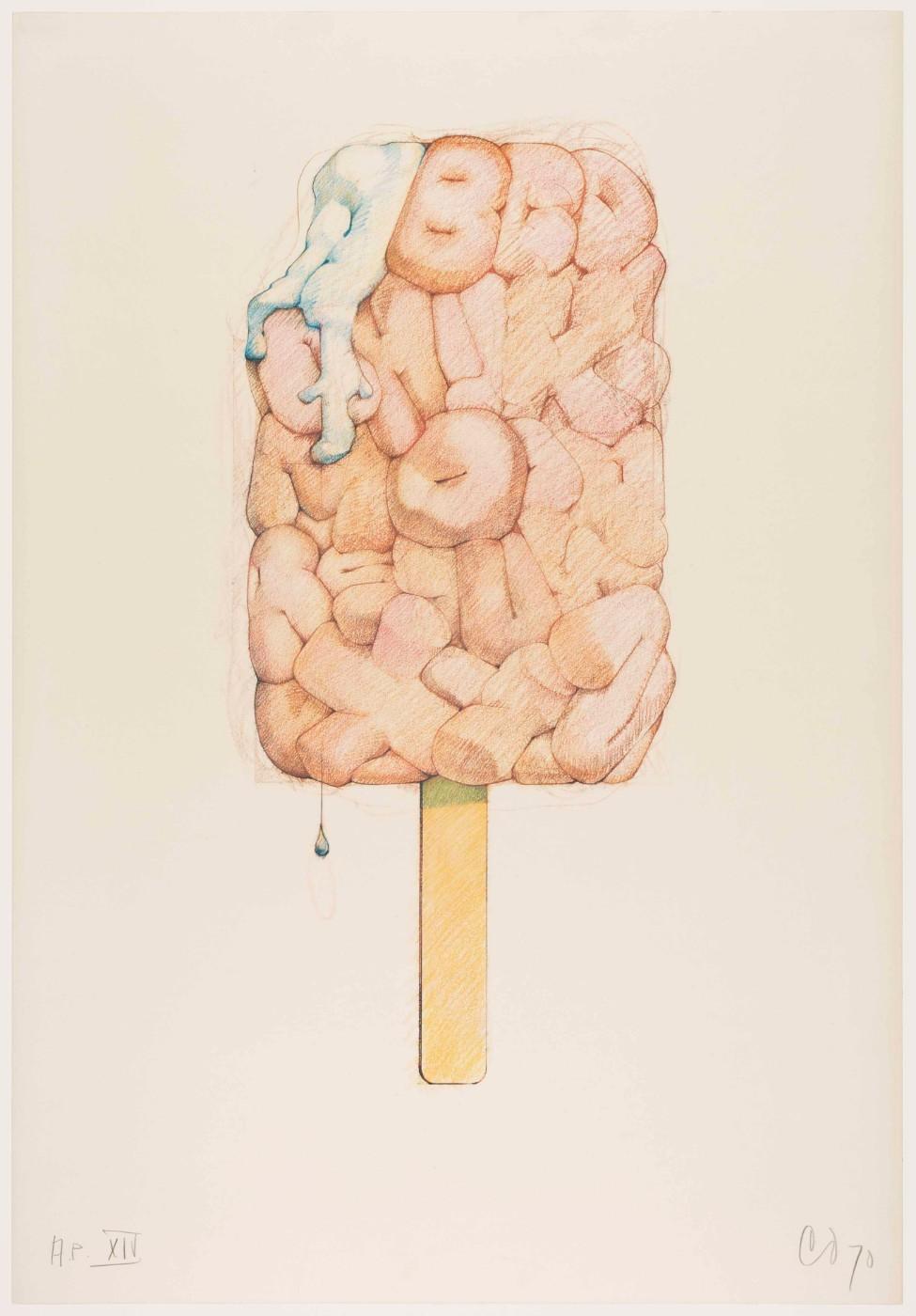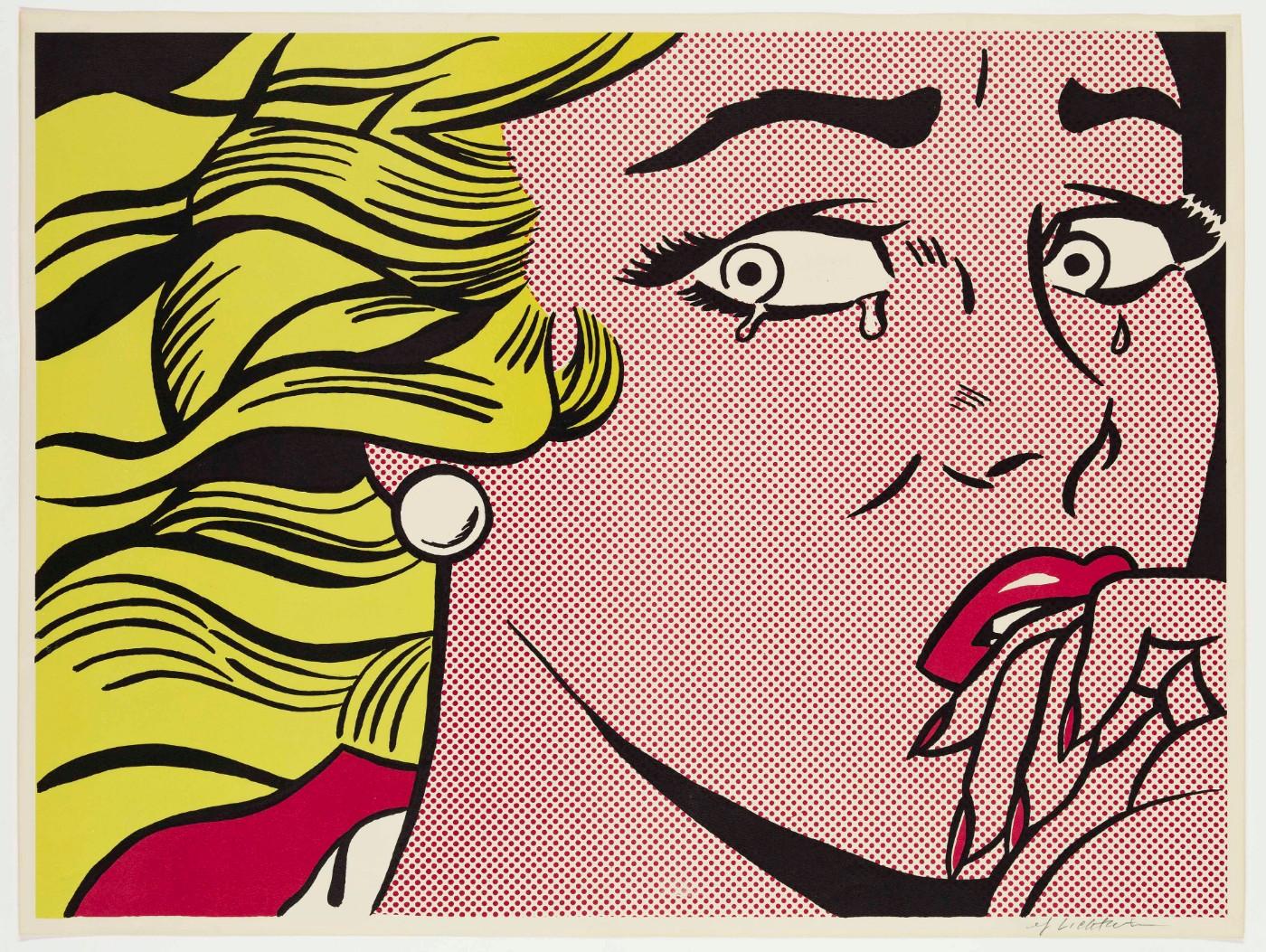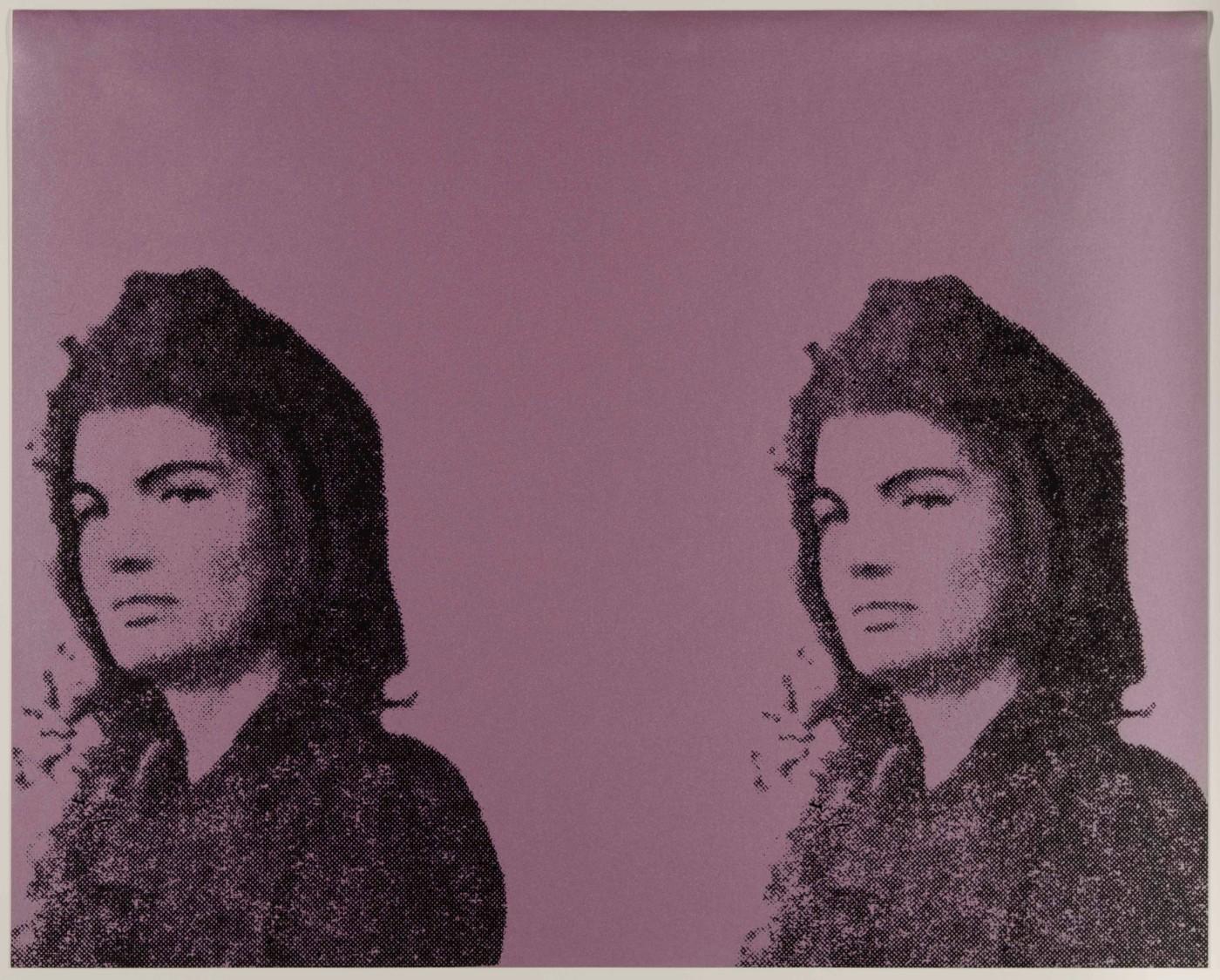In the early 1960s, many Pop artists celebrated American modern culture, echoing the optimism under the young President John F. Kennedy whose brief presidency was likened to “Camelot.” By the early-to-mid-70s, criticism of the Vietnam War and tragedies such as the shooting at Kent State University filled the airwaves.
“The DIA owns a beautiful and delicate collection of Pop artworks on paper that we rarely show, because of their sensitivity to light exposure” said Salvador Salort-Pons, DIA Director. “It is, therefore, a unique of opportunity to see images that connect with a time in American history and culture that continues to be relevant and it is very familiar to our audiences today.”
The exhibition includes 73 objects and includes lithographic prints with etchings, mixed media and 3-D works primarily from the DIA’s collection. Artists in this exhibition include Andy Warhol, Jasper Johns and Robert Rauschenberg, along with lesser-known artists such as Sister Mary Corita and May Stevens.
Highlights include:
































